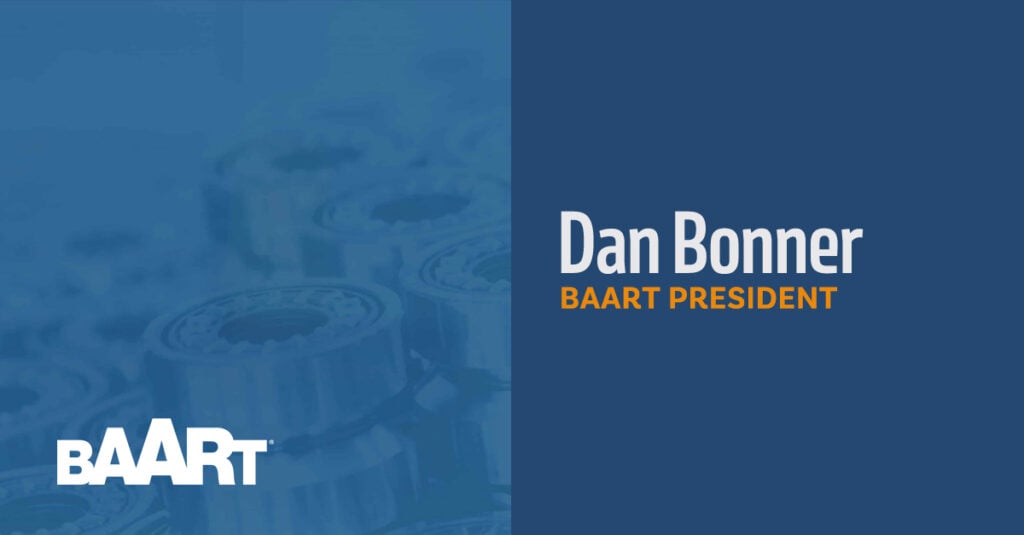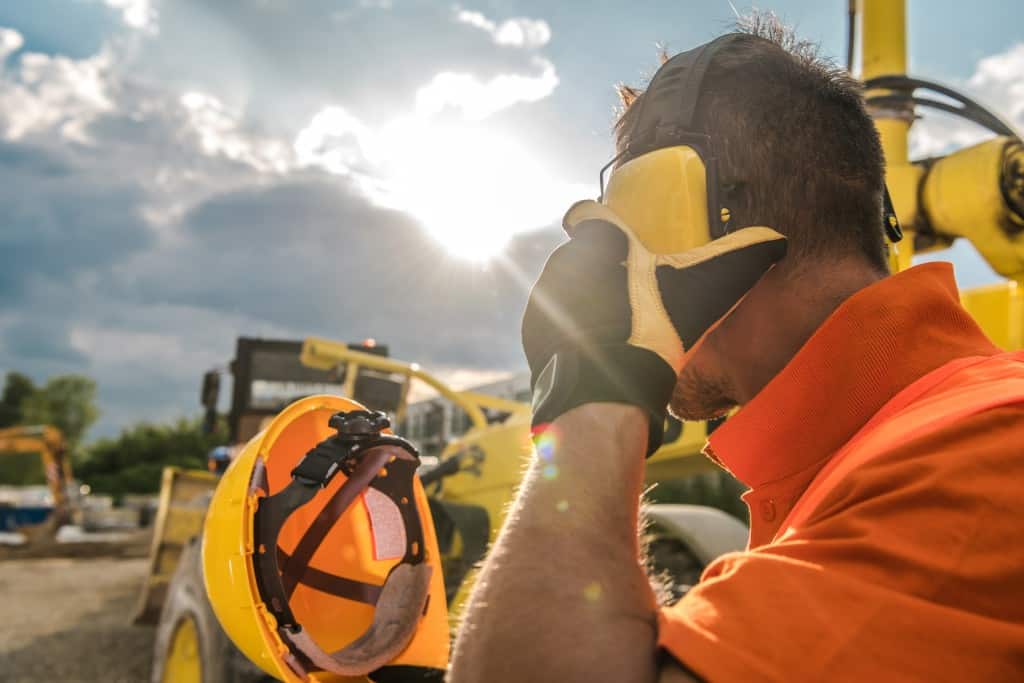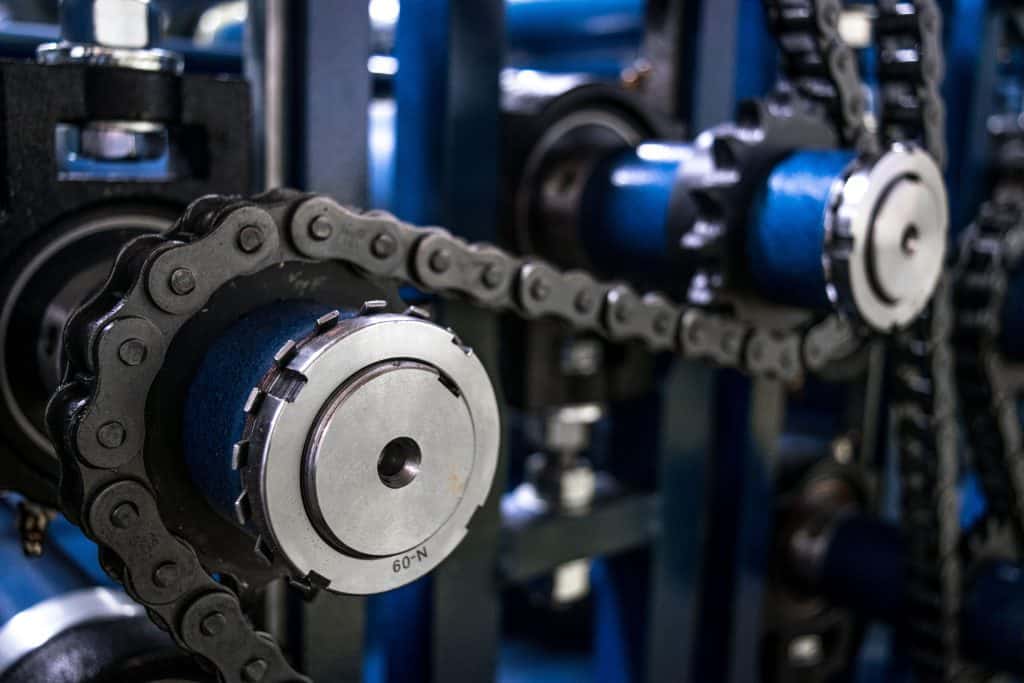Do You Need a New Sprocket? How Do You Know?

When your roller chain needs replacing, it’s easy to tell – pull out a measuring tape and check the length. Easy. Simple. Knowing when to replace a sprocket can be a bit harder.
Unfortunately, there isn’t a simple measurement you can take, nor is there a warning light that comes on telling you the sprocket’s going bad. Ideally, we want to catch any issue that leads to failure before it does just that.
Worn sprocket teeth are clingy. They hold on to the chain longer than needed. Sometimes the chain can even climb the teeth. This interaction will make a lot of noise. Some people wait until they notice the increase in noise to change out their sprockets, but we do not recommend this.
When roller chain clings to sprockets, this damages both the sprockets and the chain. Waiting to fix this can quickly turn a sprocket problem into a chain drive problem. Not ideal. But how do you know it’s time for a sprocket change?
What should your sprocket look like?
You put in a new sprocket, and the drive was good to go, but now you see chain cling. What happened? Some wear over time is to be expected, but if your sprockets are wearing down faster than you’d expect, it’s time to do a little digging. Consider alignment and lubrication first.
Roller chain sprocket design promotes shared loads between all the teeth that engage the chain at any given moment. As the chain wraps around the sprocket, it touches each tooth in three points. First, the roller will fall into the gully between the teeth (A). Then it rolls up the working face (B) and is guided off the top of the tooth (C).

For a new sprocket in a well-assembled drive, this process is smooth, even, and goes off without a hitch. Of course, nothing stays new forever. As the chain drive moves, the rollers continue to hit the sprocket in the same spots. This repeated contact, over time, will begin to wear the sprocket on the working face (point B), giving the teeth hooked shapes.
It’s hooked. Now what?
If you put your sprocket in a long time ago, more than likely, it is beginning to show signs of wear. As the teeth begin to lose their original shape, the chain drive will become louder, a strong indication that something is amiss. So, how can we know if the sprocket has become worn without the noise? Well, that’s where a good maintenance schedule comes in.

Inspect your drive and take a close look at the health of the sprocket. Do you see the start of the wear pattern? If so, this is the right time to change it – before it can impact the health of your roller chain. Scheduled maintenance is essential and can help you avoid a potential shut-down.
As a general rule, a sprocket will typically last three applications of roller chain. If regular maintenance inspections reveal significant signs of wear before this period arrives, there may be more significant issues at play within the drive.
Why not wait?
The main reason you want to keep up with maintenance is to protect your roller chain. Replacing a sprocket is easier than installing an entirely new chain drive. Allowing a worn sprocket to operate unchecked can lead to unexpected failure and downtime, which always seems to occur when it is most inconvenient. By catching unusual wear early, you may save yourself serious headaches down the road.
Worn teeth may not be as easy to identify as an elongated roller chain, but a worn sprocket is avoidable. As long as you keep an eye on your maintenance schedule, your drive should run smoothly and effectively for a long time.
Discover how BlackStar quality can keep you running longer.
Sort by category: Installation & Maintenance
Sort by topic: BlackStar, Power Transmission, Roller Chain, Sprocket




